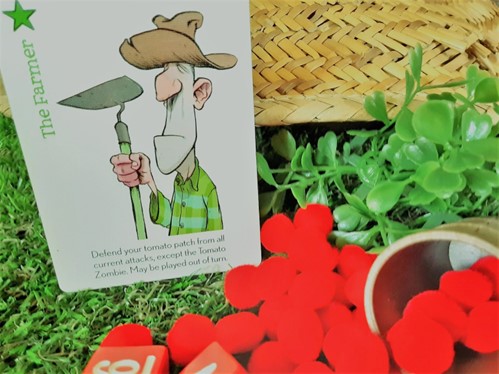Casey Grove wants to put down some roots. Literally.
For the Spring Mills, PA, native, home is more than where the heart is. The 44-year-old works in the hospitality industry as the Director of Catering Sales & Strategic Development. He spends most days designing, developing, and delivering food services. Yet, at home, he serves up some sustainability.
Through the practice of homesteading, Casey Grove is putting self-sufficiency on the menu.
Homesteading is defined by this self-reliance. It’s a commitment to small-scale, subsistence agriculture. Personal gardens grew popular during the pandemic amid a desire for healthier, more accessible options. However, homesteading isn’t a new phenomenon. As a governmental policy, it began in the 19th century. But its origins as a social movement date all the way back to the 1700s. This mentality has proven rewarding across multiple centuries.
Homesteading is more than a hobby. It’s a lifestyle. And Casey Grove is no stranger to either. In his spare time, he designs and builds his own tabletop board games. The Big Fat Tomato Game, which was originally published in 2012, is his biggest hit. The family-friendly, fast-paced gameplay has earned countless accolades, including being translated into other languages.
The Big Fat Tomato has been an undeniable smash. Yet, through homesteading, Casey Grove enjoys the “fruits of his labor” in a more tangible way.
That’s why he is eager to share his experience with others. There is no one-size-fits-all approach to homesteading. Ranging from traditional, expansive farms to small studio apartments, the practice can mean different things to different people. Yet, regardless of size, the methods remain mostly unchanged.
With this in mind, Casey Grove dishes out seven tips for creating a productive homestead.
Simplify
Get back to the basics. Homesteading isn’t glamorous or extravagant. It’s the purest form of utilitarian living. Explore areas where you minimize, reduce, or cut back.
Research
Although you’re tilling the land, you aren’t blazing a trail. Use the knowledge and resources of others who’ve paved the way before.
Set goals
Don’t let your to-do list overwhelm you. Focus your energy and efforts on simple tasks at first, like starting a garden. You can expand your reach over time.
Find a spot
Like real estate, it’s all about “location, location, location.” A cabin in the country sounds idyllic, but you don’t need thousands of acres to homestead. Determine what you can accomplish given the current space you have.
Start small
Dream big. But plan realistically. Making the jump to a full-time homestead may be impossible at first. So, seek more manageable ways to move towards sustainability.
Connect
Homesteading is self-sufficient. But it shouldn’t be in isolation. This process can be both mentally and physically challenging. Whether it’s online or locally, find a support system to help along the way.
Grow
Homesteading demands life-long learning. The acquisition of new skills, like preserving foods, sewing clothes, and repairing items, is a necessity. The winter months can be a great opportunity to practice and learn some new techniques.




